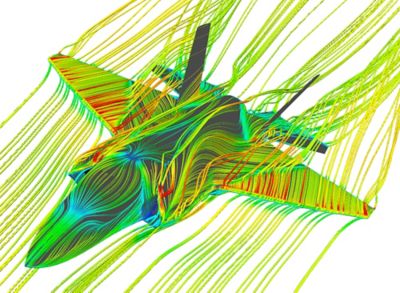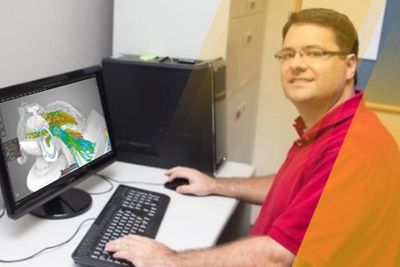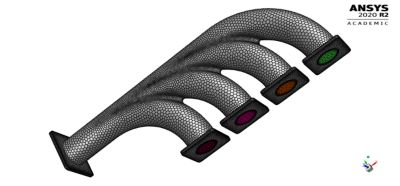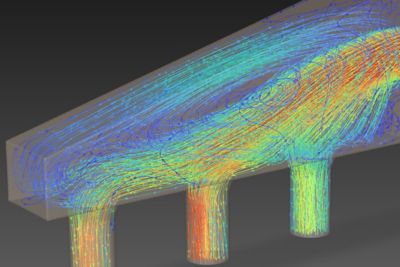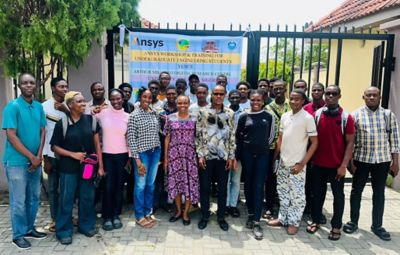Teaching Aerospace Engineering with Ansys
By complementing the teaching of theories with the visualization of physical phenomena, incorporating Ansys software into your aerospace engineering undergraduate curriculum provides students with hands-on experience using industry-leading simulation tools, significantly enhancing learning outcomes, student retention, and career preparedness.
